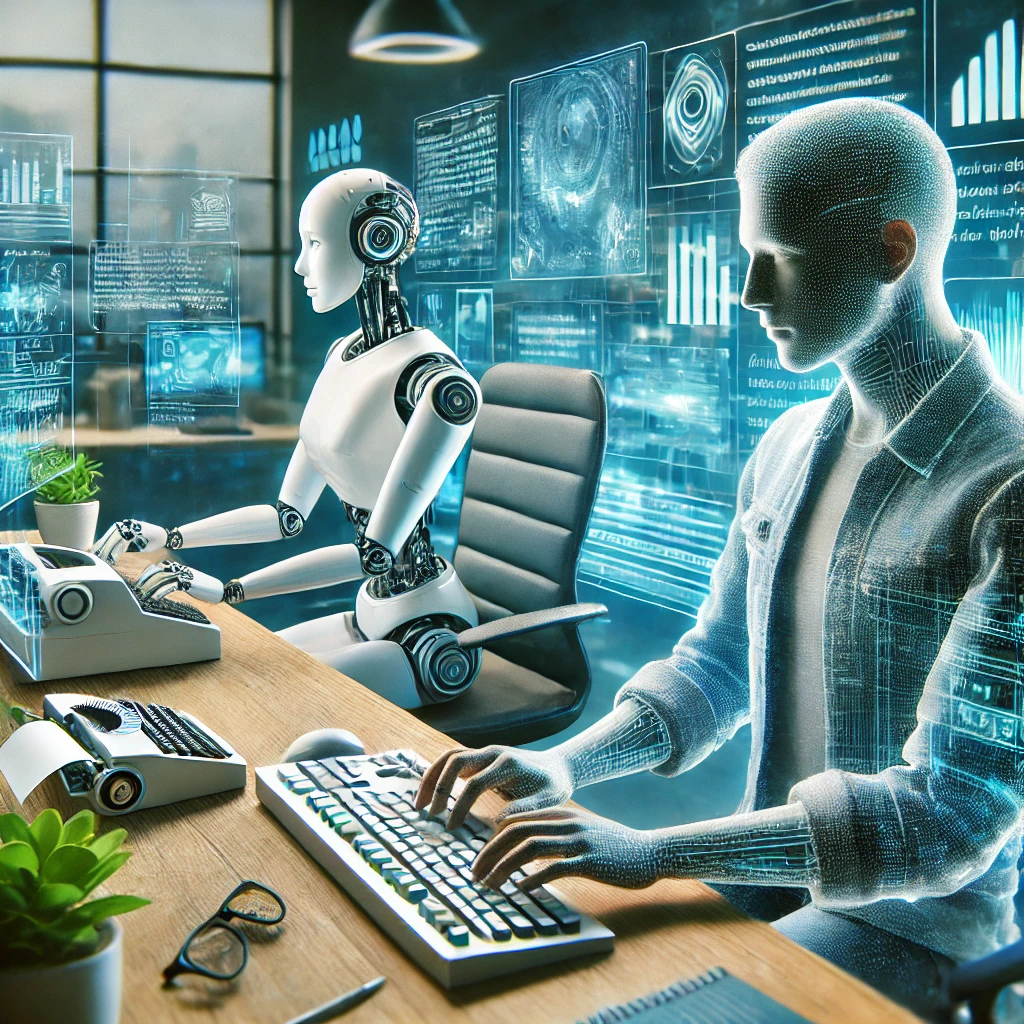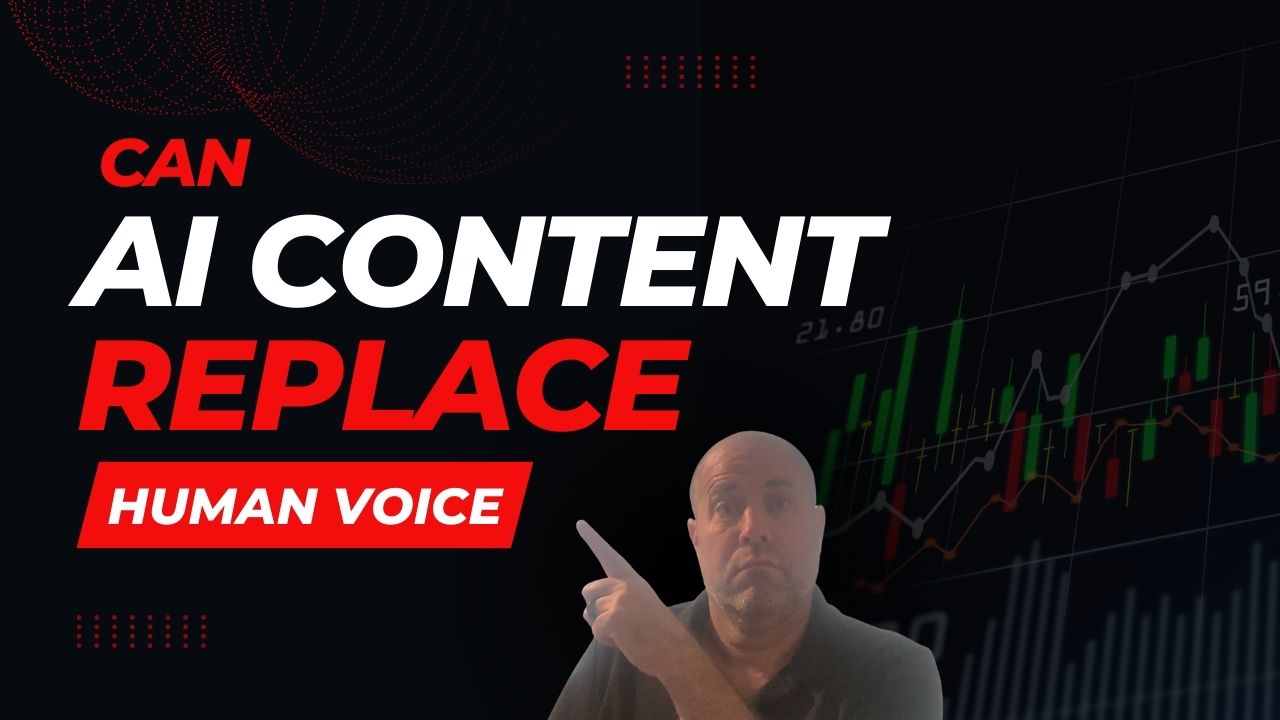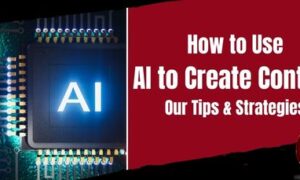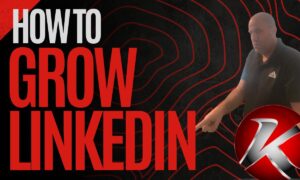AI has changed how we create content. Tools like ChatGPT, Claude & Coded Content can write articles, emails, and more. But can AI truly replace the human voice?
A few days ago, I saw a colleague post online saying, “AI can never replace the human voice.” That statement stuck with me. It made me pause and think: Is that really true? This article explores that question. Let’s dive in and take a closer look.
What AI Does Well
AI is fast. It can create thousands of words in seconds. It works best for content that is repetitive or fact-based. Need a product description, a report, or a summary?
AI can handle it. It’s also consistent. Once trained, it delivers the same style and tone every time, making it great for tasks where uniformity is important.
AI is also cost-efficient. Instead of hiring a team, a company can use AI tools. It’s great for scaling content quickly. For example, an online store might use AI to write product descriptions for every item. A news site might use it for sports player news or financial updates.
These tasks don’t require much creativity or personal touch. That’s where AI shines. But it’s important to remember that efficiency doesn’t always equal effectiveness.
Where the Human Voice Shines
Humans bring connection. People trust content that feels real. When we read a blog or watch a video, we want to feel like someone is talking to us—not a machine. The ability to relate to an audience on a deeper level is something uniquely human. It’s hard to build trust without it.
The human voice also brings creativity. It tells stories that make us laugh, cry, or think. Brands use this to stand out. Think about your favorite ads or articles.
They probably had a personal touch that AI can’t replicate. Even the best AI struggles to invent something new or adapt to unexpected contexts in the same way a human can.
What Brands Need
Brands need both AI and humans. It depends on the goal. If a brand wants to build trust, it needs human voices. For example, a CEO’s blog or a personal video message. If the goal is efficiency, AI works better. Think of social media posts or newsletters that share basic information. Each tool has its place in a balanced strategy.
Brands must also consider their audience. Some audiences expect authenticity, which demands a human touch. Others prioritize speed and information, where AI excels. The key is knowing your brand’s unique needs and crafting a strategy that combines the strengths of both AI and human content.

Can We Train AI to Have a Human Voice?
AI can mimic human voices to an extent. By training it on specific styles, AI can learn to sound personal or funny. But it’s not perfect. Mimicry is not the same as understanding, and AI often struggles when context or subtlety is required.
AI doesn’t understand feelings. It’s just copying patterns. Sometimes it misses the mark, especially in complex or emotional content. Training AI is also expensive and takes time. Sure, we can train it on our entire story library, but even when it’s trained, it’s limited to what it has learned. It can’t innovate or adapt in truly unpredictable ways. So, while AI gets close, it’s not the same as a real person.
The Current State and Future
Right now, we’re in the middle. Many companies use both AI and humans. AI does the heavy lifting, like drafting content. Humans edit and add the final touches. This approach keeps costs low while maintaining quality. A true hybrid approach.
In the future, AI will improve. It will sound more human. But humans will still be needed. Someone has to check AI’s work and add real emotions. We might also see new roles emerge, where humans specialize in guiding and training AI. The best outcomes will likely come from teams where AI and humans work side by side.
Knup’s Take
Can AI content replace the human voice? Not completely. AI is great for efficiency and scaling. But humans bring the trust, creativity, and emotions that machines can’t. Each has its strengths, and the key is knowing when to use which tool.
The future of content creation is a mix. Use AI where it works best. Use humans where it matters most. Together, they make a strong team. This balance ensures content remains efficient, authentic, and impactful.





















